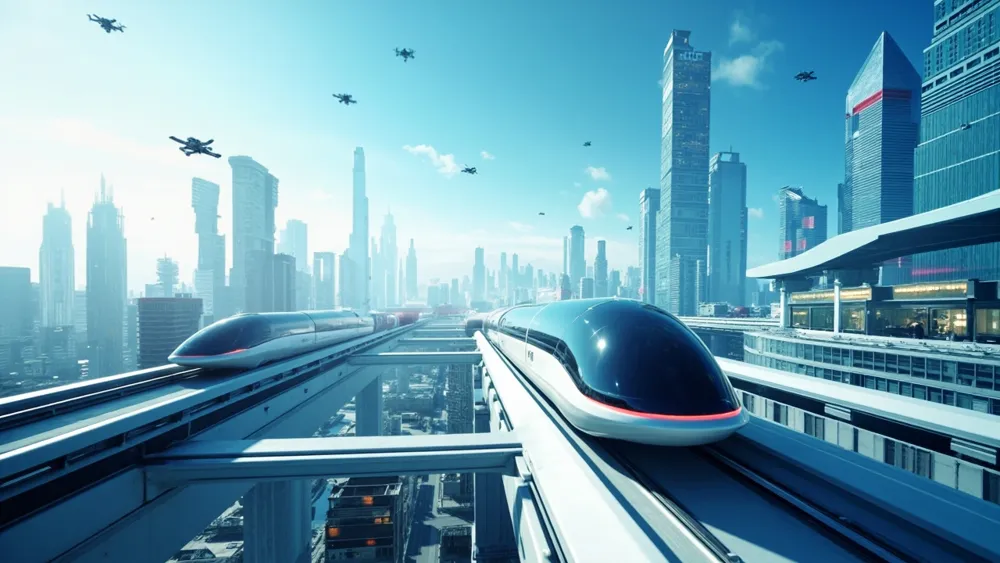Musk's Robotaxi Announcement: A Turning Point for Urban Mobility

Elon Musk's announcement of a tentative launch date for Tesla's robotaxi rides in Austin on June 22 marks an era-defining moment for urban mobility and the broader narrative surrounding autonomous technologies. This initiative not only exemplifies Tesla's aggressive pursuit of autonomy but also catalyzes ongoing conversations around regulation, safety, and the economic landscape of urban transportation. With immense public anticipation and heightened scrutiny, this moment warrants a critical examination of the implications for multiple stakeholders, including investors, regulators, and consumers.
As Tesla prepares to deploy a small fleet of robotaxis utilizing its 'Full Self-Driving' (FSD) technology, the economic stakes are significant. Analysts estimate that the ride-hailing market could reach upwards of $400 billion by 2030, and Tesla's venture may position it favorably within this lucrative domain. Moreover, with Musk's mention of 'geofencing' to limit the initial operations of these robotaxis, Tesla seems intent on addressing potential safety concerns head-on—a move aimed at placating both regulatory bodies and the skeptical public. Despite this cautious approach, one must question whether the technology is robust enough for public use. Given the history of tech rollouts, from the dot-com boom to the 2008 financial crisis, premature launches often lead to substantial setbacks.
The juxtaposition of excitement surrounding the Tesla robotaxi with protests from safety advocates highlights a critical conflict within this innovation frontier. The emergence of groups like The Dawn Project raises alarming questions regarding not only Tesla's technologies but also the regulatory framework governing them. Historically, periods of technological innovation have prompted calls for tighter oversight—a trend observable during the early days of the internet as well as the post-crisis regulatory reforms following 2008. Are we adequately prepared for the unintended consequences that may arise from the widespread adoption of robotaxi services? Investors must tread carefully; while the promise of enhanced productivity and reduced costs is enticing, the prospect of unforeseen liabilities or regulatory hurdles could severely dampen growth trajectories.
As this situation unfolds, it is critical for investors to understand the balancing act that Tesla must navigate between innovation, public safety, and regulatory compliance. With the Federal Trade Commission and other regulatory bodies likely to closely scrutinize this rollout, Tesla's careful positioning—emphasizing safety and limited initial deployment—may serve as both a strategic advantage and a potential bottleneck to rapid growth. Future developments will hinge not only on the technical capabilities of their robotaxi fleet but also on how swiftly Tesla can assuage regulatory concerns. This venture invites a broader dialogue on the intersections of technology, ethics, and public policy—pushing the envelope of what is considered acceptable in our rapidly changing urban landscapes.
Read These Next

Impact of Google Cloud Outage on Tech Sector
An analytical commentary on the recent Google Cloud outage, highlighting implications for the technology sector, corporate strategies, and stakeholder perspectives on cloud reliability risks.

Chancay Boosts China-Peru Connectivity and Partnership Prospects
Chancay Port opens in Peru, boosting China-Peru ties, enhancing logistics, and fostering economic growth in Latin America.

Strategic Innovations and Financial Performance: A Comprehensive Analysis of 顺丰控股
Analysis of 顺丰控股's recent strategic and financial developments, focusing on performance, trends, risks, and future outlook.
